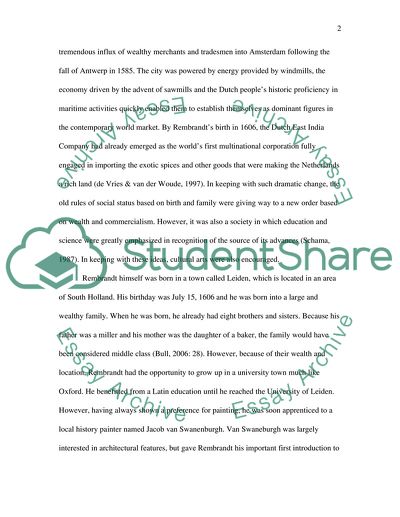Cite this document
(“Rembrandt - Dutch Painting in the Golden Age Essay”, n.d.)
Rembrandt - Dutch Painting in the Golden Age Essay. Retrieved from https://studentshare.org/visual-arts-film-studies/1550401-rembrandt-dutch-painting-in-the-golden-age
Rembrandt - Dutch Painting in the Golden Age Essay. Retrieved from https://studentshare.org/visual-arts-film-studies/1550401-rembrandt-dutch-painting-in-the-golden-age
(Rembrandt - Dutch Painting in the Golden Age Essay)
Rembrandt - Dutch Painting in the Golden Age Essay. https://studentshare.org/visual-arts-film-studies/1550401-rembrandt-dutch-painting-in-the-golden-age.
Rembrandt - Dutch Painting in the Golden Age Essay. https://studentshare.org/visual-arts-film-studies/1550401-rembrandt-dutch-painting-in-the-golden-age.
“Rembrandt - Dutch Painting in the Golden Age Essay”, n.d. https://studentshare.org/visual-arts-film-studies/1550401-rembrandt-dutch-painting-in-the-golden-age.


